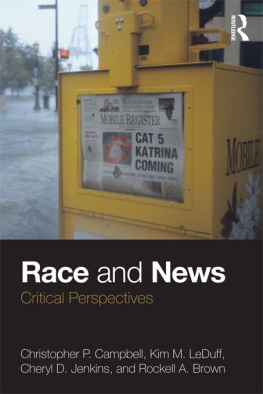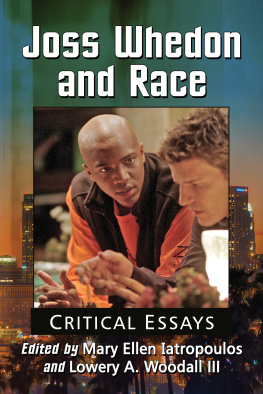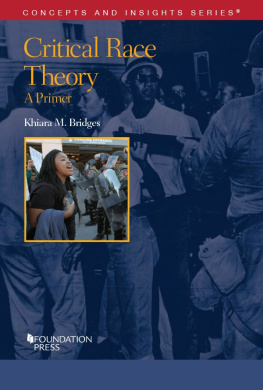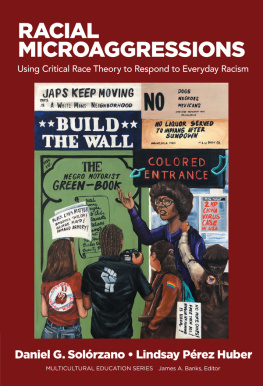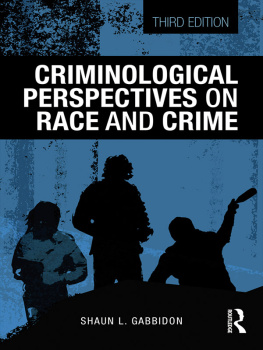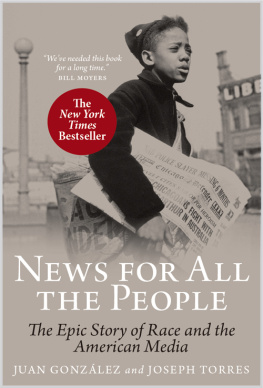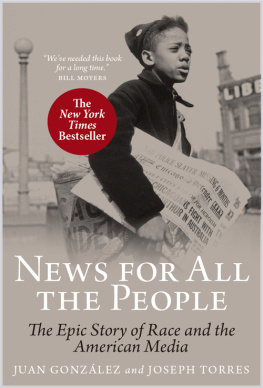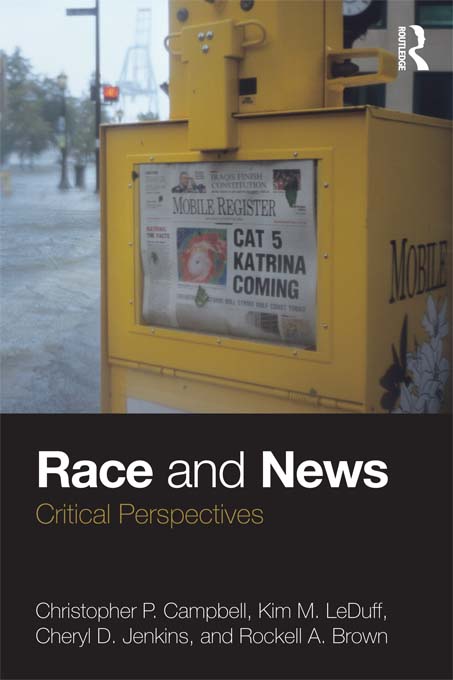Race and News
The history of American journalism is marked by disturbing representations of people and communities of color, from the disgraceful stereotypes of pre-civil rights America, to the more subtle myths that are reflected in routine coverage by journalists all over the country. Race and News: Critical Perspectives aims to examine these journalistic representations of race, and in doing so to question whether or not we are living in a post-racial world. By looking at national coverage of stories like the Don Imus controversy, Hurricane Katrina, Barack Obama's presidential candidacy, and even the Virginia Tech shootings, readers are given an opportunity to gain insight into both subtle and overt forms of racism in the newsroom and in national dialogue.
The book itself is divided into two sections, with the first examining the journalistic routine and the decisions that go into covering a story with, or without, relation to race. The second section, comprised of case studies, explores the coverage of national stories and how they have affected the dialogue on race and racism in the United States. As a whole, the collection of essays and studies also reflects a variety of research approaches. With a goal of contributing to the discussion about race and its place in American journalism, this broad examination makes Race and News an ideal text for courses on cultural diversity and the media, as well as making it valuable to professional journalists and journalism students who seek to improve their approach to coverage of diverse communities.
Christopher P. Campbell is Professor and Director of the School of Mass Communication and Journalism at the University of Southern Mississippi. He is the author of Race, Myth and the News (Sage, 1995).
Kim M. LeDuff is Associate Professor and Assistant Director at the School of Mass Communication and Journalism at the University of Southern Mississippi.
Cheryl D. Jenkins is Assistant Professor at the School of Mass Communication and Journalism at the University of Southern Mississippi.
Rockell A. Brown is Assistant Professor at the School of Communication at Texas Southern University.
Race and News
Critical Perspectives
Christopher P. Campbell,
Kim M. LeDuff,
Cheryl D. Jenkins, and
Rockell A. Brown

First published 2012
by Routledge
270 Madison Avenue, New York, NY 10016
Simultaneously published in the UK
by Routledge
2 Park Square, Milton Park, Abingdon, Oxon OX14 4RN
Routledge is an imprint of the Taylor & Francis Group, an informa business
2012 Taylor & Francis
The right of Christopher P. Campbell, Kim M. LeDuff, Cheryl D. Jenkins, and Rockell A. Brown to be identified as authors of this work has been asserted by him/her in accordance with sections 77 and 78 of the Copyright, Designs and Patents Act 1988.
All rights reserved. No part of this book may be reprinted or reproduced or utilised in any form or by any electronic, mechanical, or other means, now known or hereafter invented, including photocopying and recording, or in any information storage or retrieval system, without permission in
writing from the publishers.
Trademark Notice: Product or corporate names may be trademarks or registered trademarks, and are used only for identification and explanation without intent to infringe.
Library of Congress Cataloging in Publication Data
Race and news : critical perspectives / edited by
[Christopher P. Campbell ... [et al.].
p. cm.
1. Racism in the pressUnited States. 2. Race relations and the
pressUnited States. 3. African AmericansPress coverage. 4. Mass
media and race relationsUnited States. 5. Television broadcasting
of newsPolitical aspectsUnited States. 6. JournalismPolitical
aspectsUnited StatesHistory21st century. 7. Journalism
ObjectivityUnited States. 8. United StatesRace relationsPress
coverage. 9. United StatesRace relations.
I. Campbell, Christopher P.
PN4888.R3R33 2010
070.4493058--dc22 2010029021
ISBN13: 978-0-415-80096-9 (hbk)
ISBN13: 978-0-415-80097-6 (pbk)
ISBN13: 978-0-203-87685-5 (ebk)
Typeset in Minion by Glyph International Ltd.
Printed and bound in the United States of America on acid-free paper by
Edwards Brothers, Inc.
Contents
Figures and Tables
Figure 2.1 Trend in non-whites working in the
USA Today newsroom.
Figure 2.2 Trend in non-whites working in the
Baltimore Sun newsroom.
Figure 2.3 Trend in non-whites working in the
Chicago Tribune newsroom.
.
Table 5.2 Themes reflected in posts on The Hattiesburg
American's Web site.
Table 5.3 Story headlines in The Hattiesburg American
on the ICE raid.
Foreword
In the final chapter of his 2009 examination of race and economics, More Than Just Race: Being Black and Poor in the Inner City, sociologist William Julius Wilson explains how he arrived at a sort of epiphany regarding America's dialogue on race and poverty. In his earlier work (he is the author or editor of a dozen books on the topic), he had argued that a colorblind approach to public policy would be the most effective way to bring about social change. That is, because so many Americans hold fervent misperceptions about the relationship between race and povertyespecially that black and Latino Americans are solely responsible for the dreadful economic conditions that affect them at a far greater rate than white AmericansWilson once believed that it would be more effective to emphasize the impact of social, political and economic policies on all poor Americans, rather than on their disproportionate effect on minority communities. He explains his new position:
In framing public policy we should not shy away from an explicit discussion of the specific issues of race and poverty; on the contrary, we should highlight them in our attempt to convince the nation that these problems should be seriously confronted and that there is an urgent need to address them. The issues of race and poverty should be framed in such a way that not only is a sense of fairness and justice to combat inequality generated, but also people are made aware that our country would be better off if these problems were seriously addressed and eradicated.
(pp. 141142)
In authoring a book about race and news, we find ourselves in complete agreement with the approach that Wilson now advocates. First, we hope that this book will encourage discussions about race that will lead to a broader understanding of the complex ways that skin color continues to affect American attitudes and public policy. Second, we hope that our analyses of race and news will have an impact on how journalists frame issues of race in the hope that news organizations will eventually provide audiences with coverage that conveys the sense of urgency that will be required to affect public policy and finally move America beyond its racist legacy.
We admit to being baffled by the discussions of American society as post racial that surfaced with Barack Obama's candidacy for the presidency of the United States. It's a comforting thought to believe that our country has moved beyond its racist past and that his election is evidence of racial harmony. But there is little evidence to support that belief. Americans who don't happen to be white are far more likely to live in poverty, to receive a second-class education, to have inadequate health care and to be victims of racial discrimination. Our concern is that journalism routinely overlooks the impact of race and racism and has contributed to the notion that we are actually living in a post-racial world.

